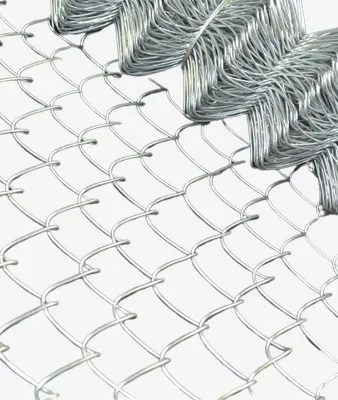Choosing the Right Roofing Nails for Your Umbrella Roof Installation
The Importance of Umbrella Roofing Nails in Modern Construction
When it comes to roofing, every detail counts, and one often overlooked but crucial element is the choice of nails. Among the various types of roofing nails available, umbrella roofing nails are particularly significant. Their unique design and functionality make them an integral component in ensuring the longevity and durability of roofing structures.
What are Umbrella Roofing Nails?
Umbrella roofing nails are specialized fasteners used primarily in roofing applications. They feature a unique, wide, flared head that resembles an umbrella, which is where they get their name. This design offers several benefits that traditional roofing nails cannot provide. The larger head distributes the load more evenly, minimizing the risk of the nail pulling through the roofing material. This characteristic is particularly beneficial when working with softer materials such as asphalt shingles and certain types of underlayment.
Advantages of Using Umbrella Roofing Nails
1. Enhanced Load Distribution The wide head of umbrella roofing nails helps to spread the weight and pressure over a larger area. This is crucial when securing roofing materials, as it helps prevent damage and prolongs the lifespan of both the nails and the roofing system itself.
2. Increased Stability Due to their design, umbrella roofing nails offer increased stability. This is especially important in areas that experience high winds or severe weather conditions, as the risk of roofing materials becoming loose or damaged is significantly reduced.
3. Corrosion Resistance Many umbrella roofing nails are coated with materials that provide excellent resistance to corrosion. This is essential for roofing applications, where nails are exposed to the elements. Using corrosion-resistant nails helps in maintaining the integrity of the roofing system over time, preventing leaks and other issues associated with deteriorating fasteners.
umbrella roofing nails

4. Versatility Umbrella roofing nails are highly versatile and can be used for various types of roofing materials, including shingles, tiles, and metal sheets. This adaptability makes them an excellent choice for contractors who work with multiple material types.
5. Ease of Installation The design of umbrella roofing nails allows for easier installation. The wide head can be driven into the roofing material efficiently, providing a secure hold without the need for excessive force. This characteristic can save time and labor costs during the roofing process.
Applications and Best Practices
When using umbrella roofing nails, it’s important to follow best practices to maximize their benefits. First, ensure that the nails are appropriate for the type of roofing material being used. For example, different materials may require different lengths or gauges of nails. Additionally, it’s crucial to drive the nails at the correct angle and depth to maximize their effectiveness.
It's also advisable to use the correct number of nails per shingle or panel as recommended by roofing guidelines. Over or under-nailing can jeopardize the entire roofing system, leading to potential leaks or damage.
Conclusion
In conclusion, umbrella roofing nails are an essential component in modern roofing applications. Their unique design offers several advantages, including enhanced load distribution, increased stability, corrosion resistance, versatility, and ease of installation. By incorporating high-quality umbrella roofing nails into roofing projects, contractors and homeowners can ensure the durability and longevity of their roofs. As with any construction material, understanding the specific requirements and best practices will lead to superior results and increased satisfaction with the finished roofing system. As roofs are a primary defense against the elements, investing in the right type of fasteners can significantly contribute to a home’s overall resilience and safety.
-
Innovations in Razor Barbed Wire Design TechnologyNewsAug.11,2025
-
Roofing Nail Compatibility with Different Metal Roof TypesNewsAug.11,2025
-
Welded Wire Mesh for Rockfall Protection BarriersNewsAug.11,2025
-
Galvanized Wire Corrosion Resistance TestingNewsAug.11,2025
-
3D Fence Solutions Preventing Bird CollisionsNewsAug.11,2025
-
Using Chain Link Fence for Urban Garden SupportNewsAug.11,2025




